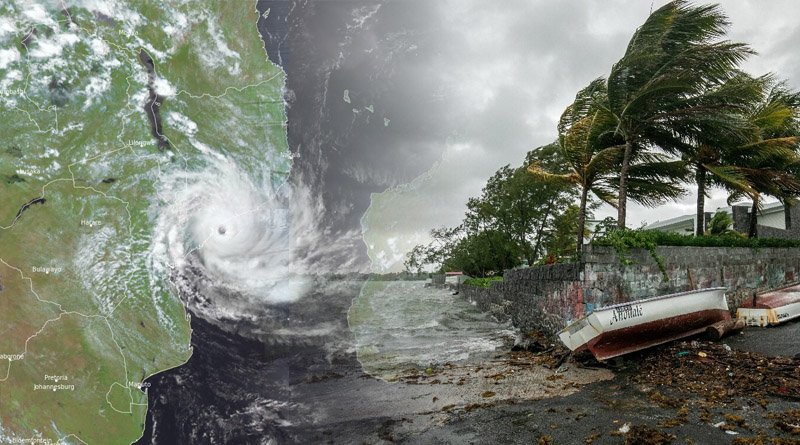The number of fatalities caused by the unusually long-lasting tropical Cyclone Freddy in southeast Africa has increased to 522 according to authorities.

The number of fatalities caused by the unusually long-lasting tropical Cyclone Freddy in southeast Africa has increased to 522 according to authorities in Malawi, Mozambique, and Madagascar.
The number of fatalities increased to 438 on Saturday, according to the disaster management authorities in Malawi, the country that was most severely affected by the cyclone.
Lazarus Chakwera, the president of Malawi, announced a 14-day period of national mourning on Thursday. There are hundreds of evacuation centres set up across the nation for survivors, with 345,000 people impacted by the heavy rains, floods, and landslides and tens of thousands of people left homeless in Malawi.
Southeast Africa was left devastated by the cyclone. Madagascar, an island nation, as well as neighbouring Mozambique, have been impacted.
According to President Filipe Nyusi of Mozambique, 67 people at least died there, and 50,000 more were displaced. The number of fatalities in both countries is anticipated to increase. In Madagascar, an island nation, at least 17 people died.
After making a second landfall in Mozambique and then Malawi over the weekend and wreaking havoc in a number of areas, including Malawi’s financial centre, Blantyre, Cyclone Freddy dissipated over land late Wednesday.
Al Jazeera’s Fahmida Miller reported from the island of Makanga in Malawi and said that while rescue efforts were ongoing, it had taken a while for people to be moved from flooded islands to the mainland. “About 1,300 people have been reached so far, but hundreds more are still outside.
They were forced to look for safety in the trees. They have no food, and their homes have been destroyed by floods, “Miller said. It will undoubtedly take a few more days before more progress is made in terms of saving people in locations like this, which have been extremely challenging to reach up until this point, she continued.
On February 21, in Madagascar, Freddy first touched down. The storm then continued its journey, passing through Mozambique before returning across the Indian Ocean.
The second time it arrived in Mozambique was on March 11, after which it proceeded to Malawi. Paul Turnbull, the director of the World Food Program in Malawi, said that many areas are inaccessible, which limits the movement of assessment and humanitarian teams as well as life-saving supplies.
“Once assessments are complete, the true extent of the damage will be made public.” Before the cyclone hit, cholera was already spreading through both countries, and there are concerns that the flooding may have worsened the situation. Additionally, earlier in the year, Mozambique was dealing with floods and Freddy’s first beating.
According to scientists, cyclone activity has gotten worse due to human-caused climate change, becoming wetter, more intense, and more frequent. Since it devastated Mozambique, Madagascar, and Réunion in late February, Cyclone Freddy has wreaked havoc in southern Africa. Then, after regaining strength over the Mozambique Channel, it looped back onto land.
An expert panel has been assembled by the World Meteorological Organization to determine whether Cyclone Freddy has surpassed the record for the longest cyclone in recorded history. Until March or April, the cyclone season in Southern Africa can bring heavy rain and storms.